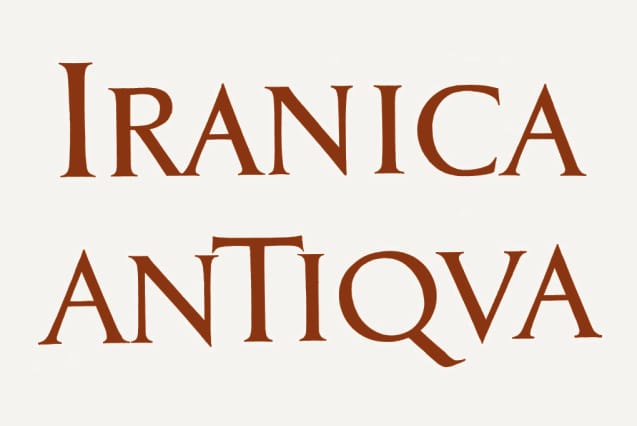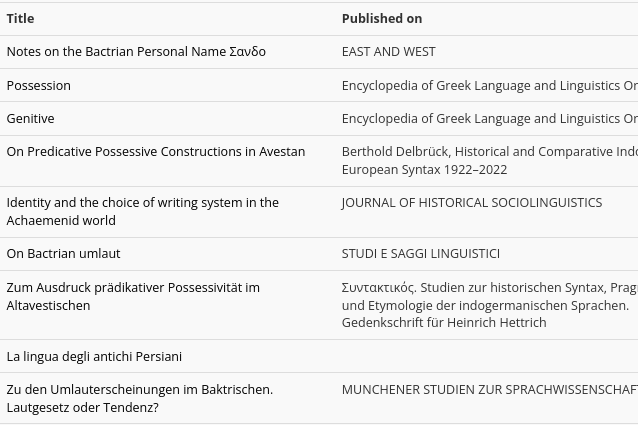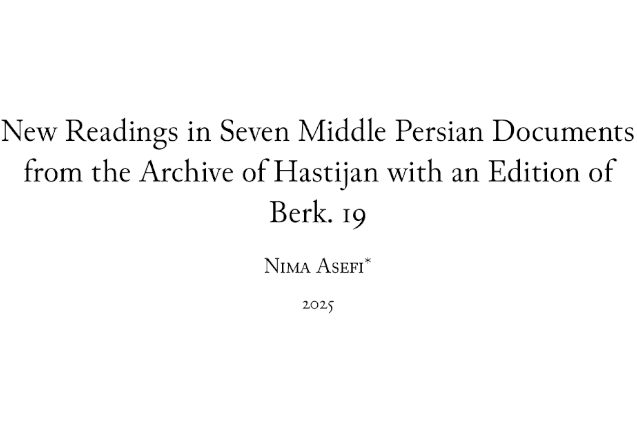Witzel, Michael. 2025. The realm of the Kuru: Origins and development of the first state in India. Electronic Journal of Vedic Studies 30(2). 1–165.
Major old-new article by Michael Witzel with references and discussions of the relevant Iranian traditions. Open access.
This issue of EJVS contains the long version of my article “Early Sanskritization. Origins and development of the Kuru state” of 1997, published in a volume edited by B. Kölver. At that time, I had merely presented the outline and results of the longer paper published here. After 1997, I have added some data, over the next few years,to the unpublished long version. I have mow [sic] minimally updated it, for example by important genetic aDNA data about the first immigration of steppe people to India (Swat) around 1250 BCE. However, I could not find the time to thoroughly update the paper and therefore present it here as is, in the hope that it will be useful to colleagues.
Preface
As the current version includes many sections of the 1997 paper, some repetitions and overlaps will occur in the bulk of the text, for which I beg the reader’s indulgence.









